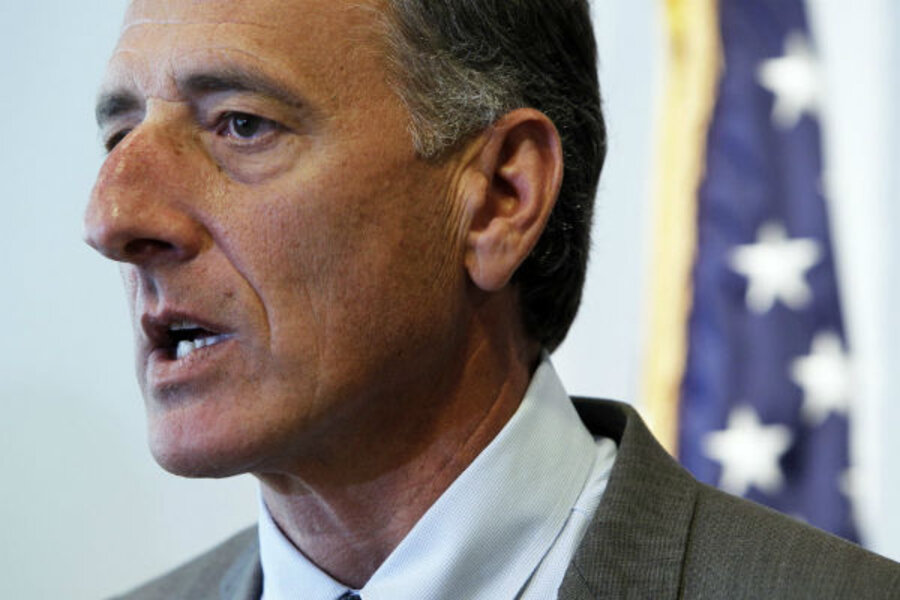Will enough people buy into Obamacare?
Loading...
Earlier this week, I concluded that the Affordable Care Act’s tax on those who do not have health insurance will be both modest and difficult for the IRS to collect. But will it be enough to encourage people to buy coverage? If not, healthy people may opt out until they get sick, a decision that could drive up premium prices for those who do buy coverage.
If past experience is any guide, the vast majority of people will get insurance—mostly because, well, having health insurance is a good idea. Besides, government will subsidize premiums for many. But will this mix of subsidies and taxes be enough to avoid the sort of adverse selection problems that some economists fear could wreck the system?
They were in Massachusetts, where 86.6 percent of people were insured just before that state’s health reform passed in 2006 (under the leadership, of course, of then-governor Mitt Romney) but 94.2 percent were covered in 2010.
There are some differences between the environment in Massachusetts and the nation at large. For one, the Bay State was starting from an uninsured rate of about 13 percent prior to its health reform law—about one-fifth lower than the national rate, which was 16.3 percent in 2010.
The Romneycare tax is roughly similar to Obamacare’s—though the two levies are not directly comparable. In Massachusetts, the tax is adjusted for both age and income but maxes out at $1,260-a-year. The ACA tax is only $95 for an individual in the first year but due to rise to $695 ($2,085 per family) or 2.5 percent of adjusted gross income in 2016. The maximum penalty under the ACA is equal to the price of the low-cost insurance option under the law—much higher for wealthy households than the Massachusetts tax.
Btw, notwithstanding Romney’s latest rather convoluted explanation of why the federal levy is a tax while the Massachusetts penalty is not, this distinction eludes the Bay State itself. The state’s own website describes it this way: “Residents without health insurance face a tax penalty.”
Other jurisdictions also use penalties/taxes to enforce an individual mandate for the purchase of health insurance. Switzerland and the Netherlands, for instance, have achieved 99 percent enrollment that way. However, both countries impose far more onerous penalties than either the ACA or Massachusetts.
In the Netherlands, for instance, the tax penalty is a steep 130 percent of premium cost. In other words, it costs much more to reject coverage than to buy the insurance.
My best guess is the ACA’s combination of subsidies and tax penalties will drive significant enrollment. But there are some weak links in the law.
The first is the relatively modest tax and the constraints on the IRS’ ability to enforce it.
The second was created by the Supreme Court, which made it possible for states to reject Medicaid expansion—a mechanism that The Urban Institute’s Health Policy Center projected would cover about 8 million low-income people who are currently uninsured. Many could not afford insurance even with the ACA’s subsidies, though some may be subject to penalties for not buying.
I also suspect that some tea party-types may organize protests against the ACA—encouraging people to refuse to buy insurance or pay the tax. And imagine commercial products aimed at the same goal: “Learn the Secret of Beating the Obamacare Tax. Send $29.95 now.”
Would such a movement drive enough people to reject insurance so prices for the rest of us would rise significantly? Probably not, but it is hard to know. Still, it will be yet another challenge to this far-reaching, but controversial, law.







